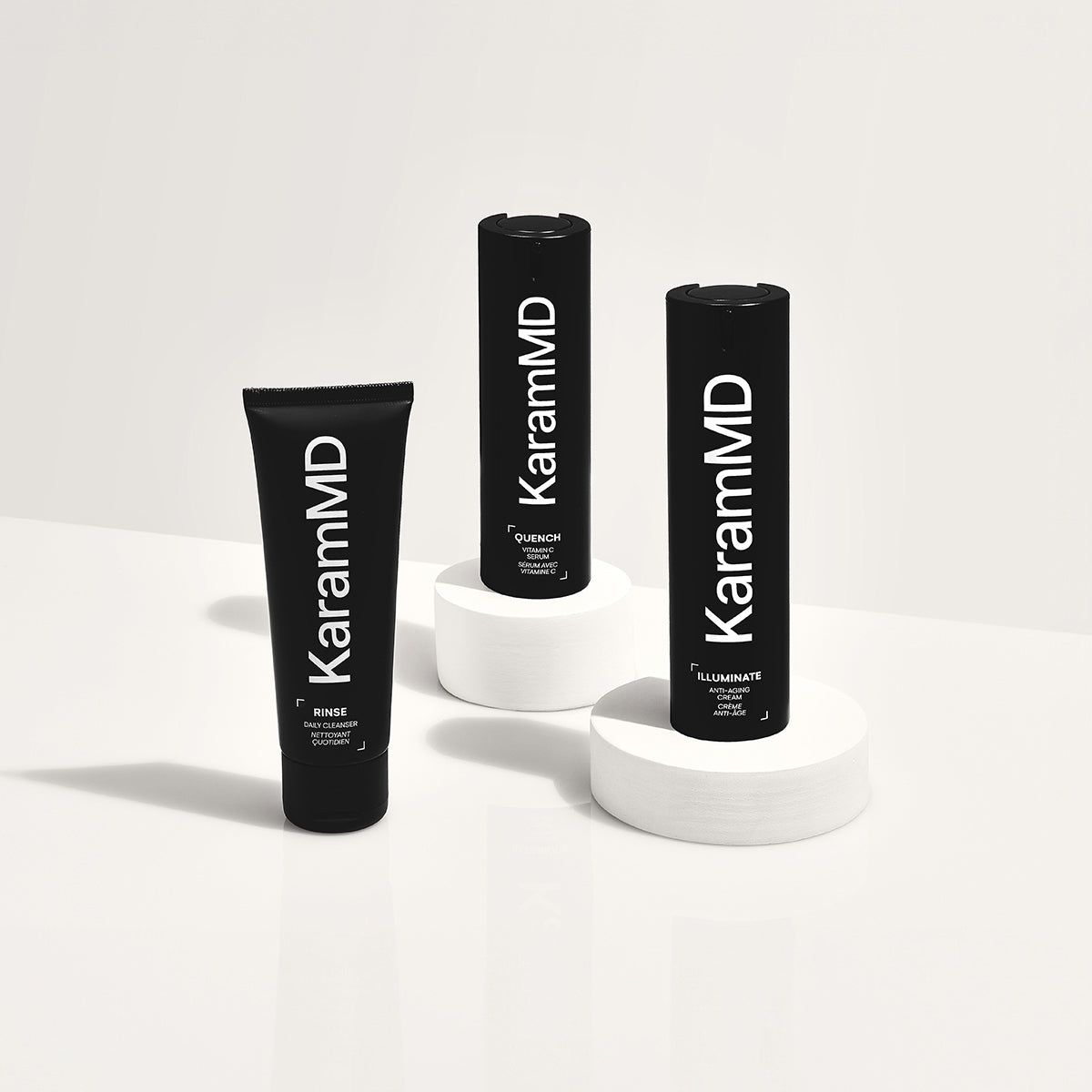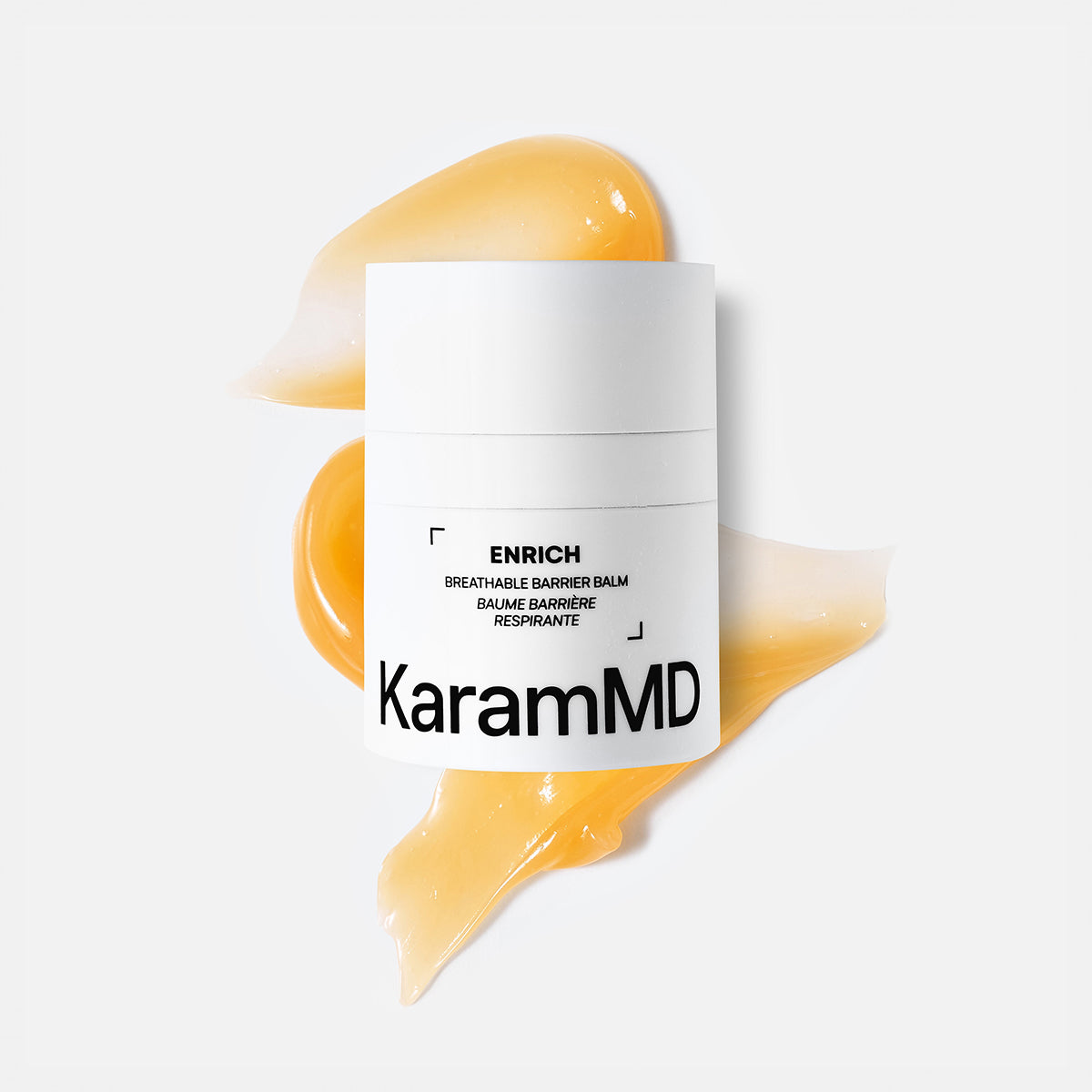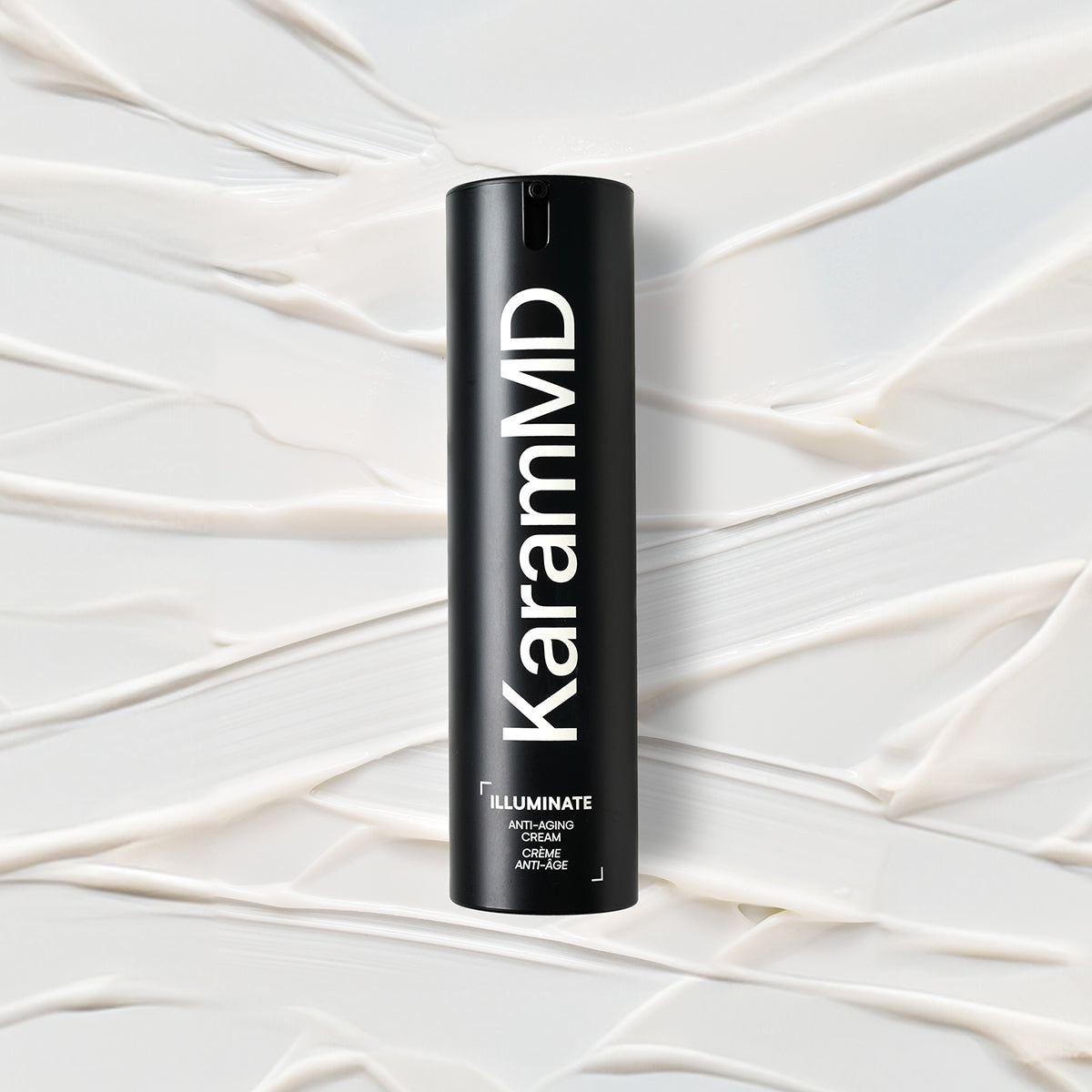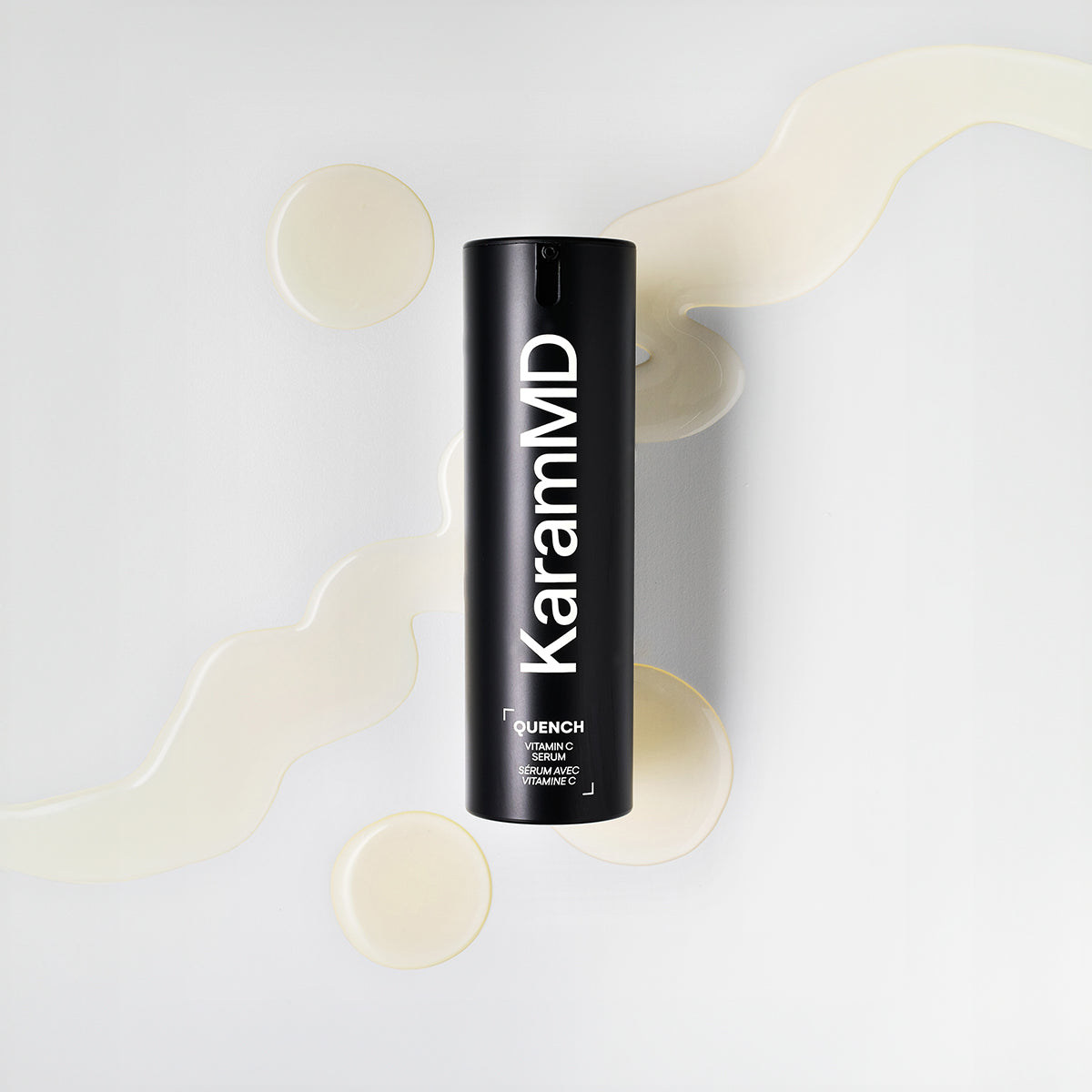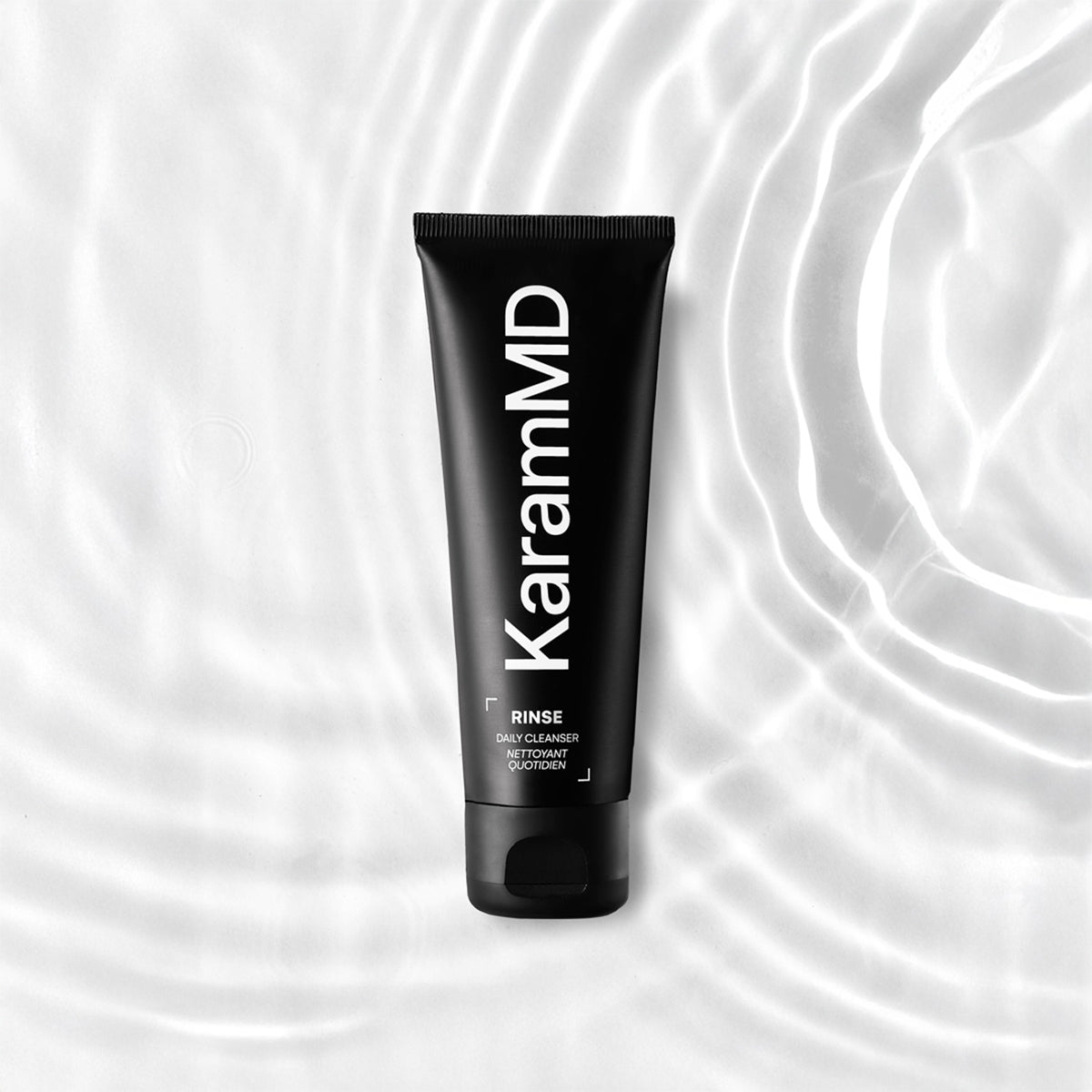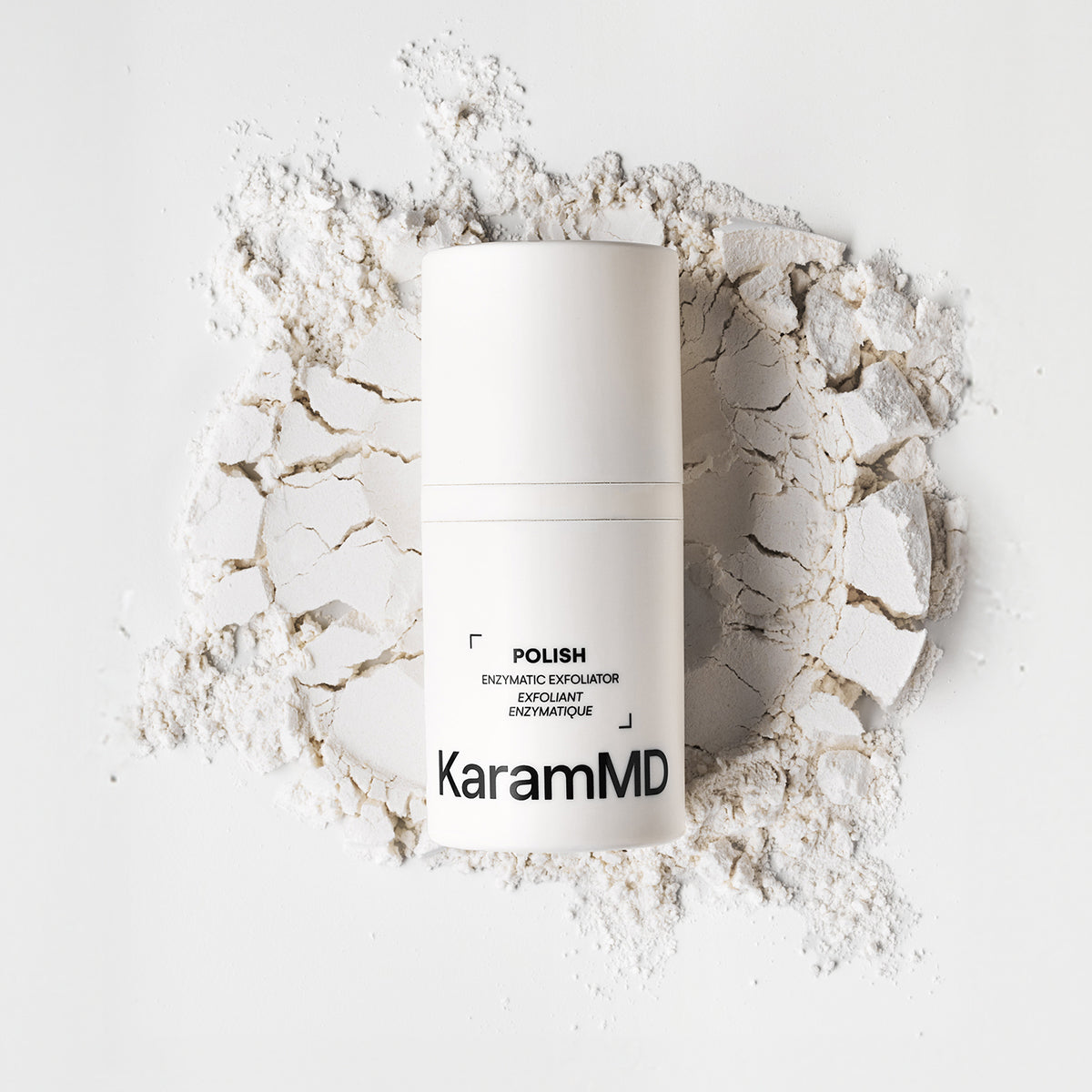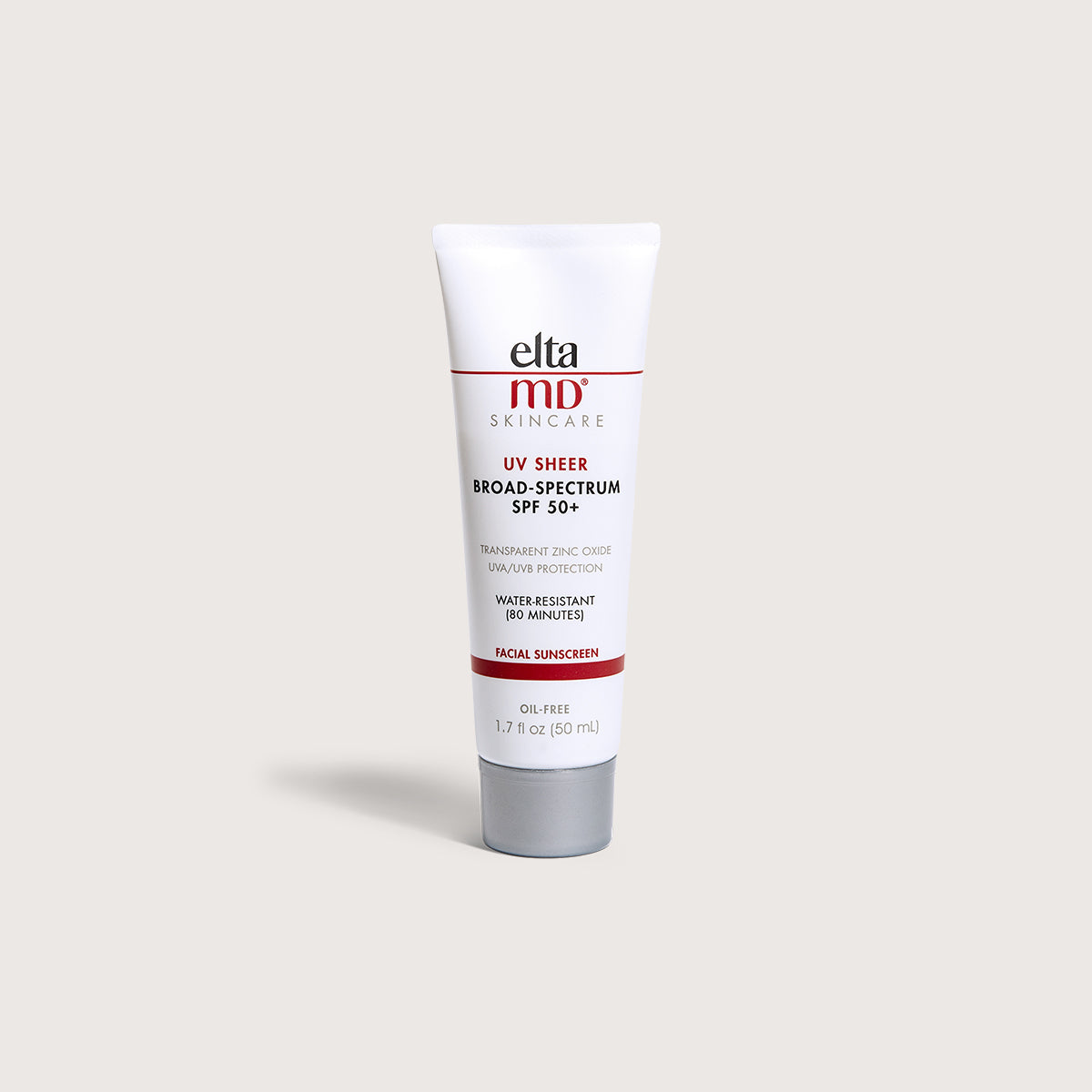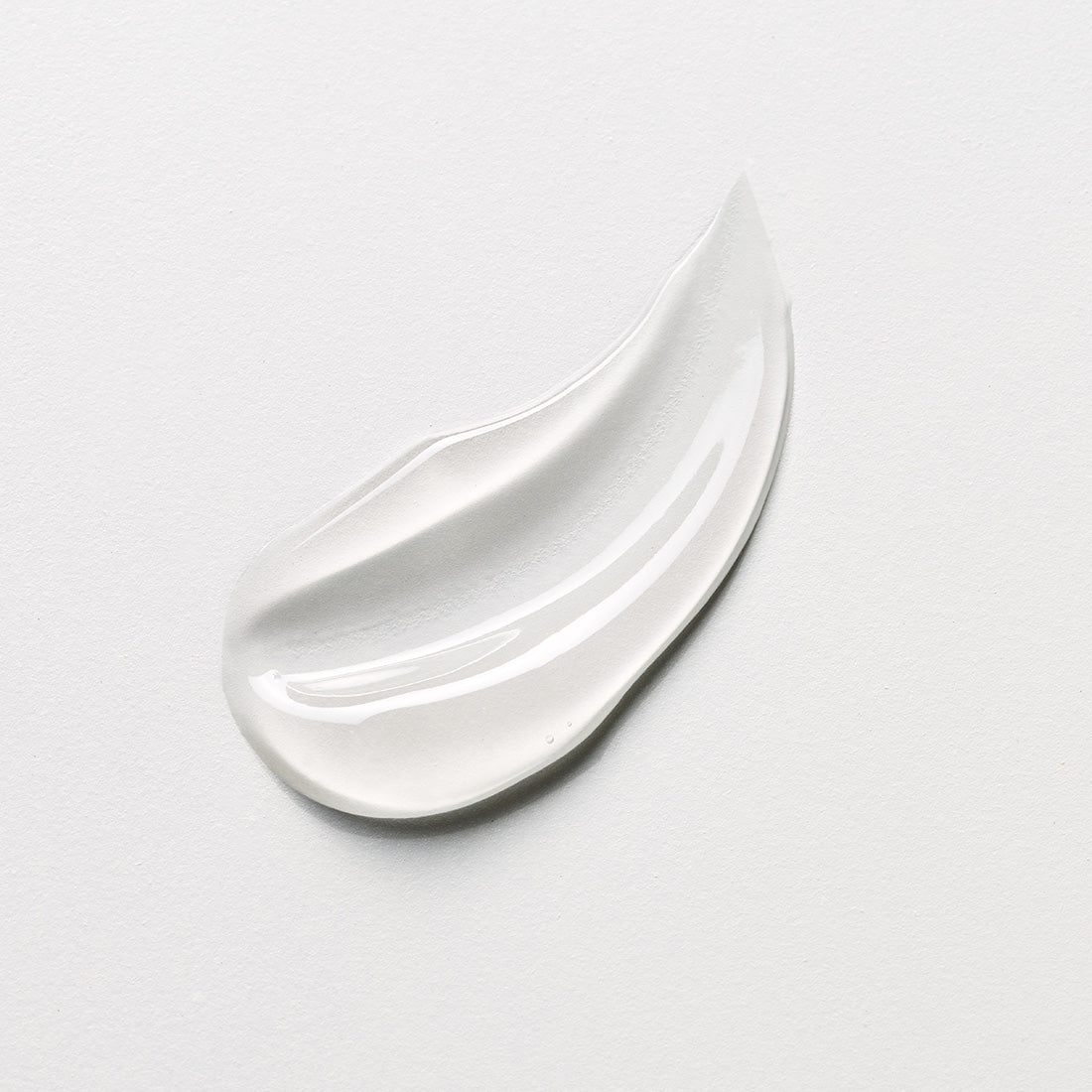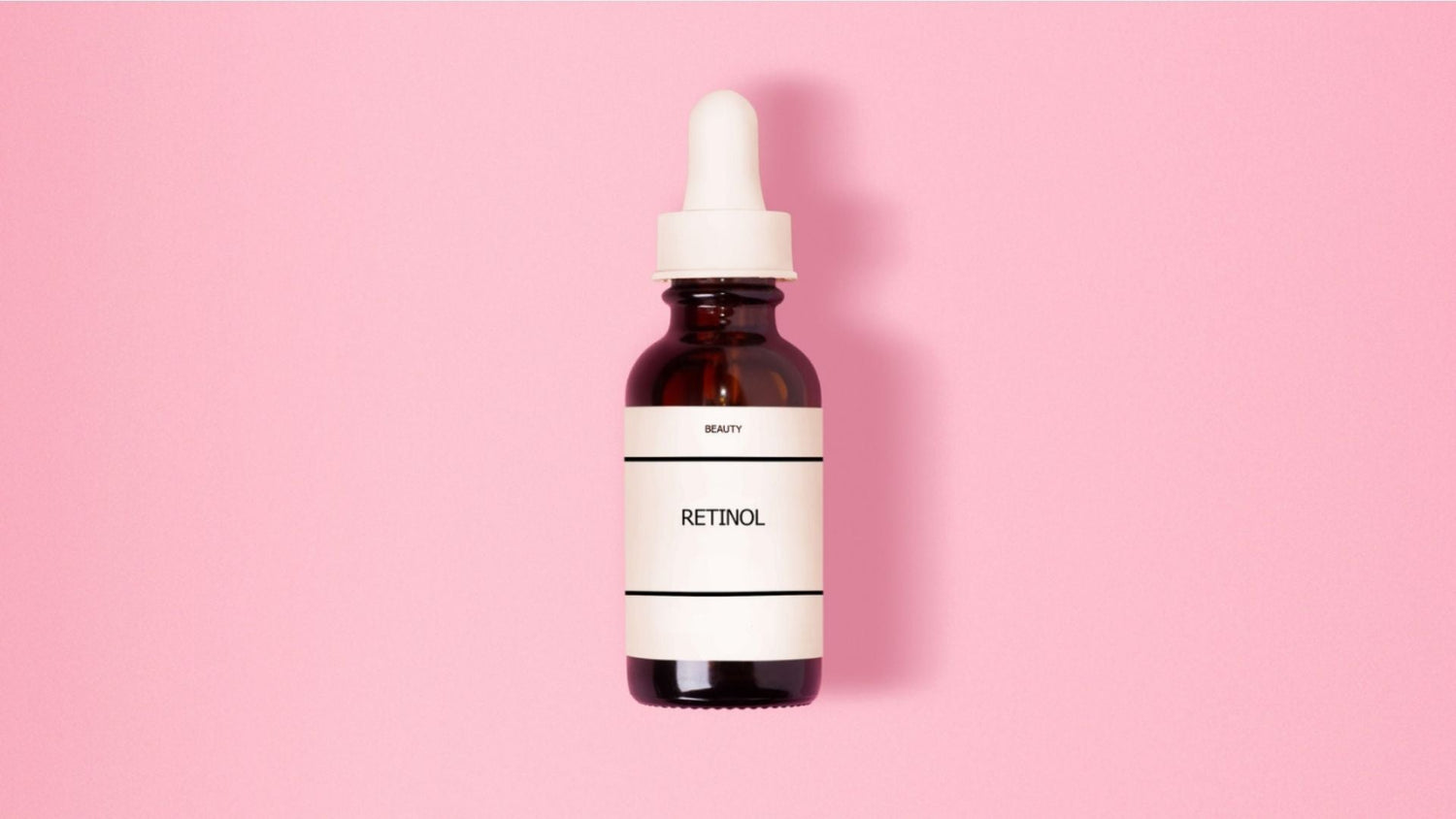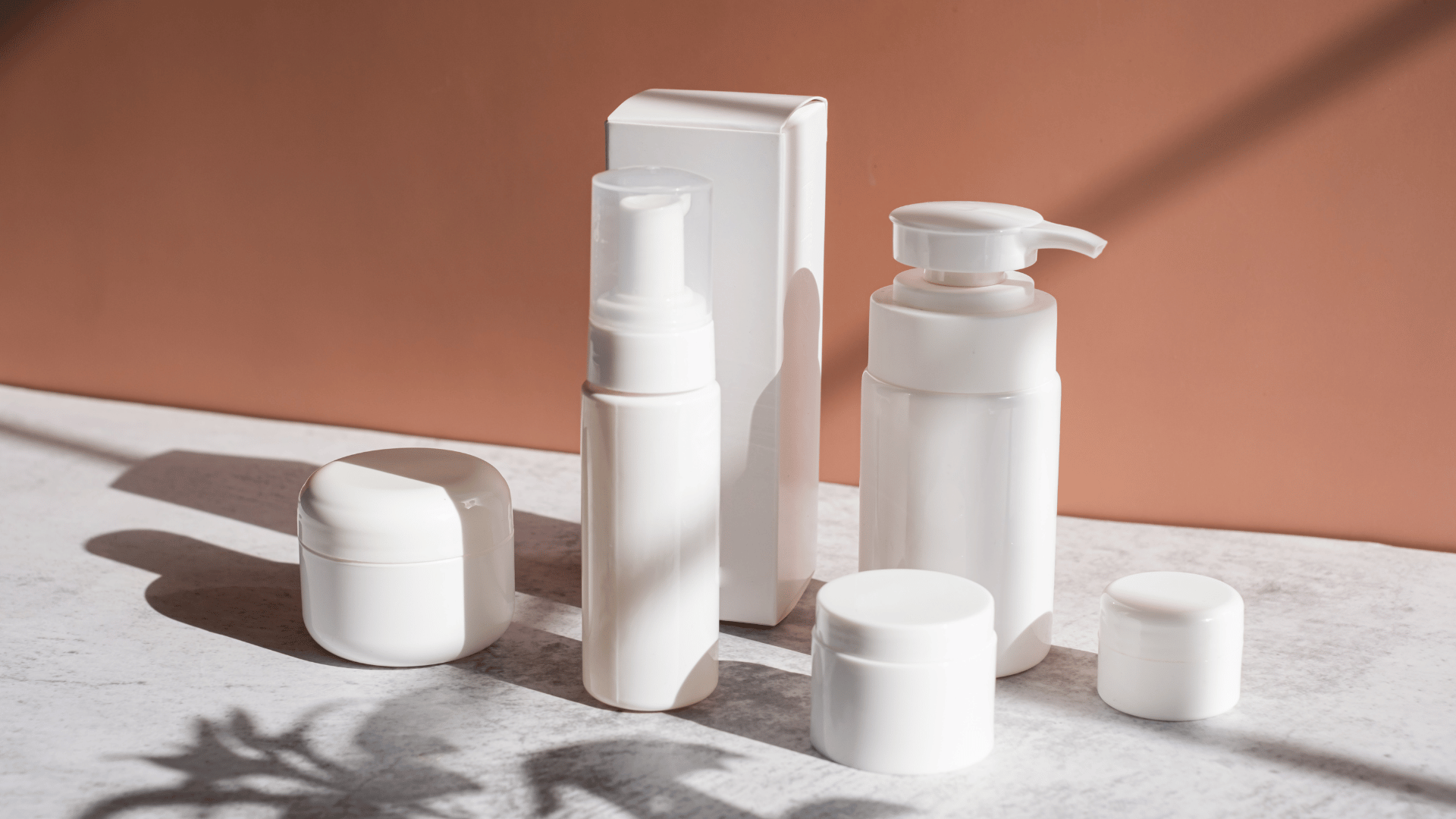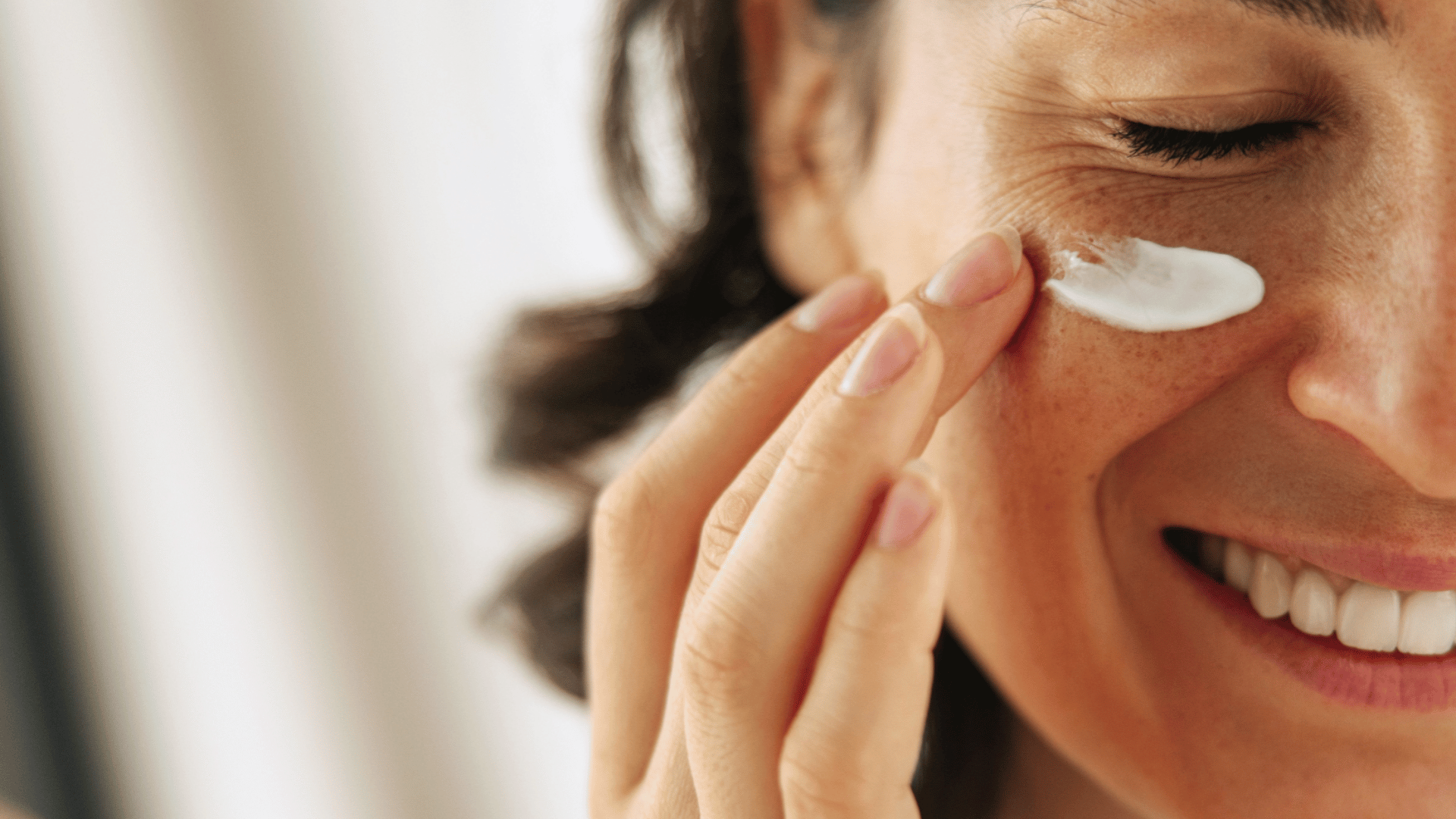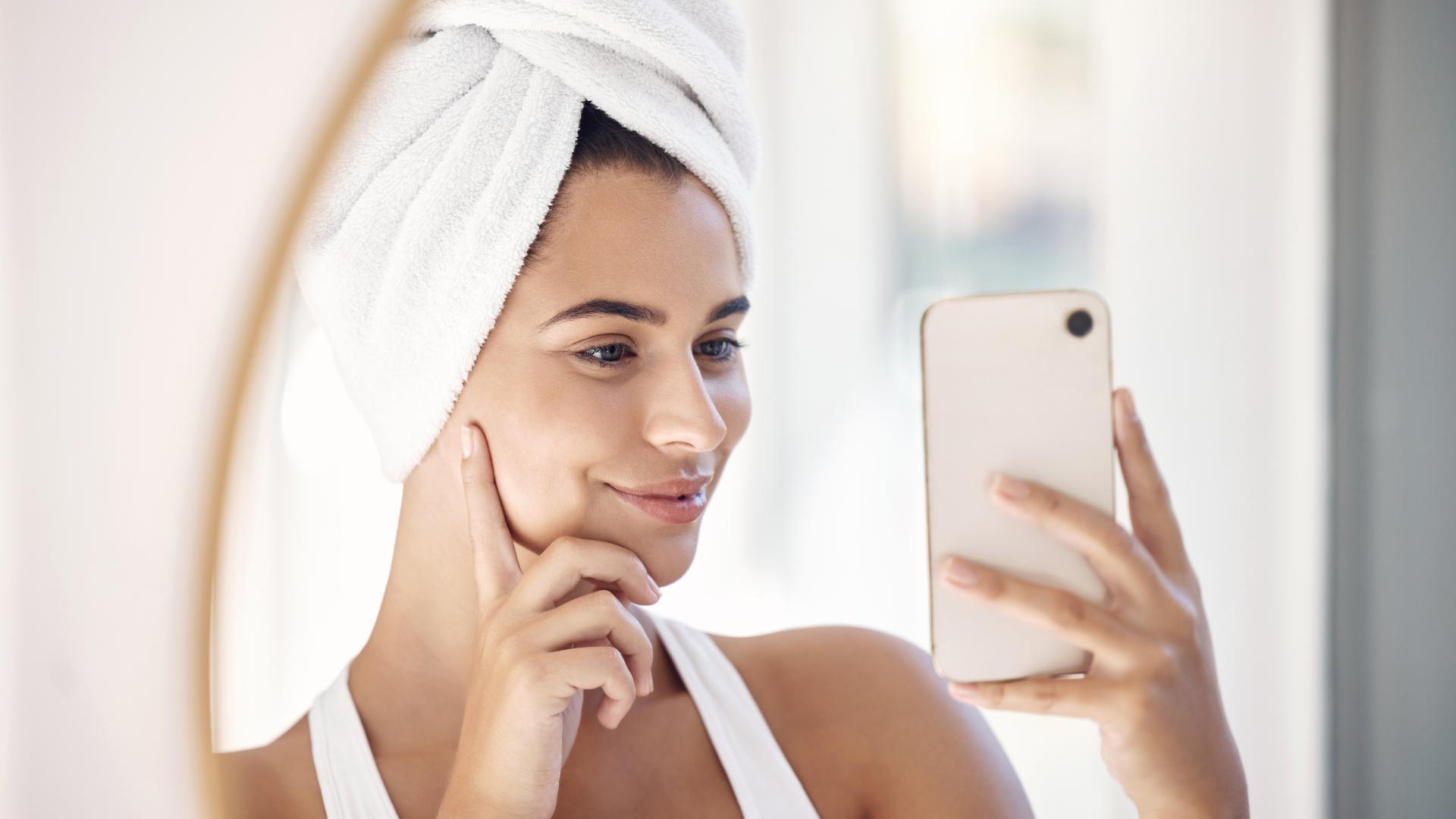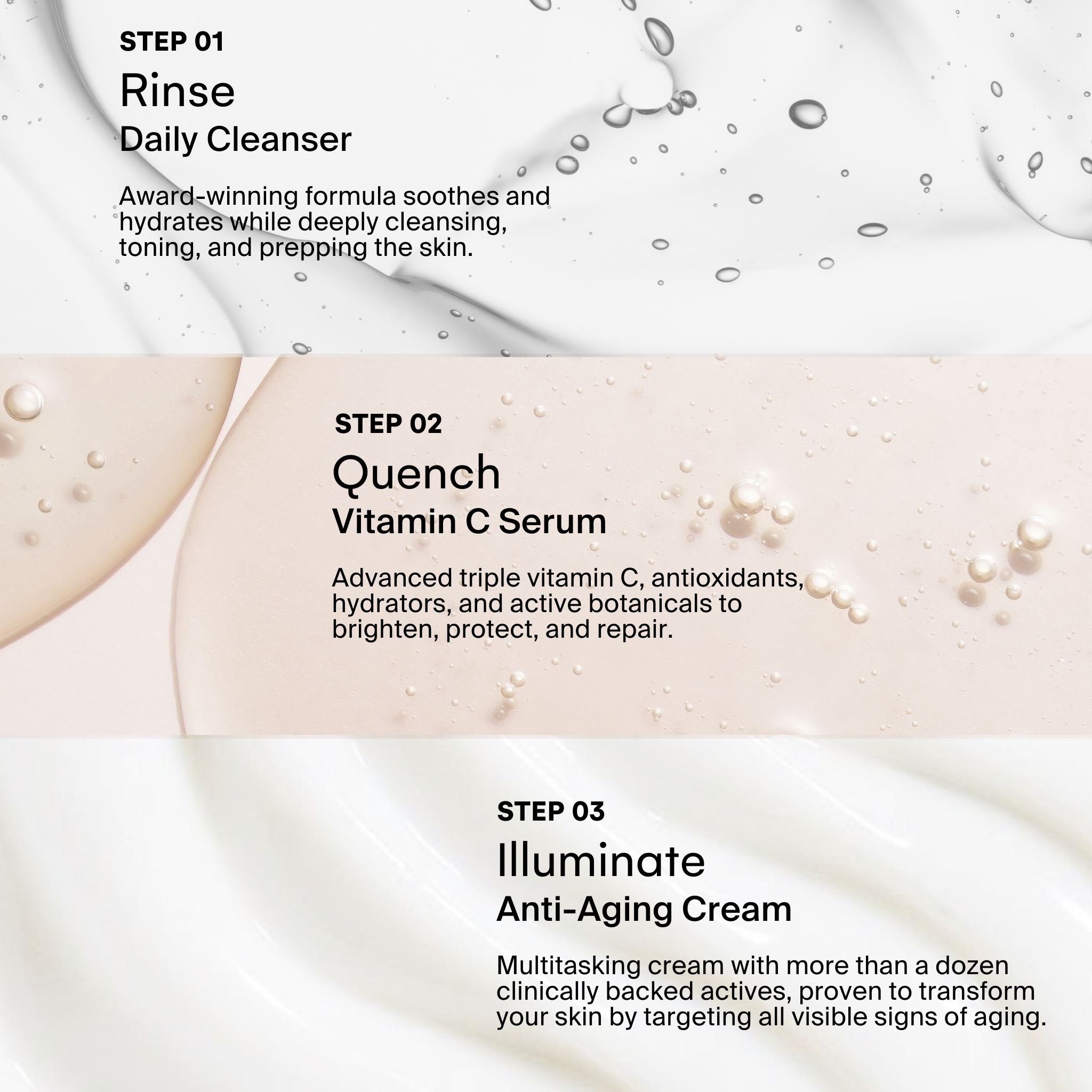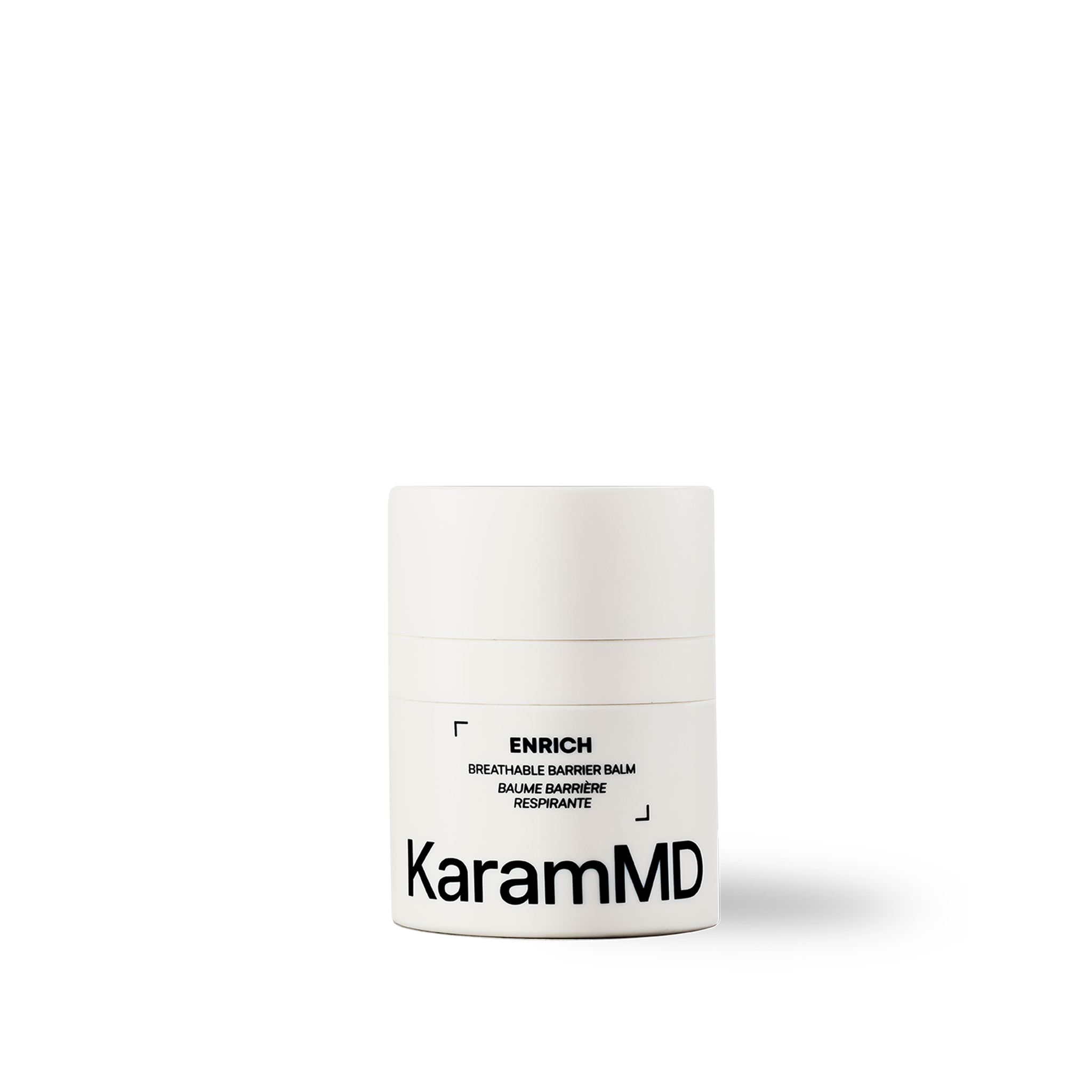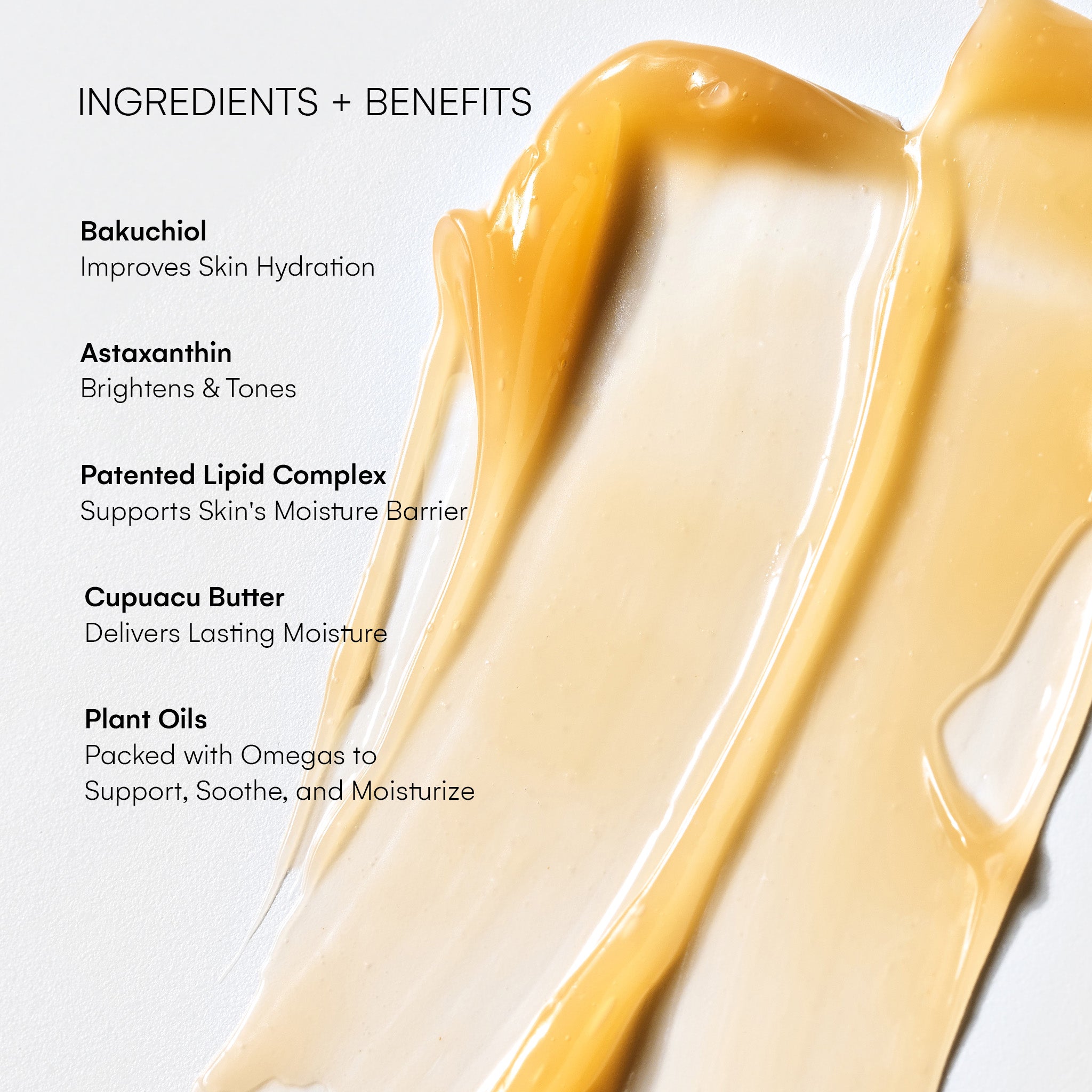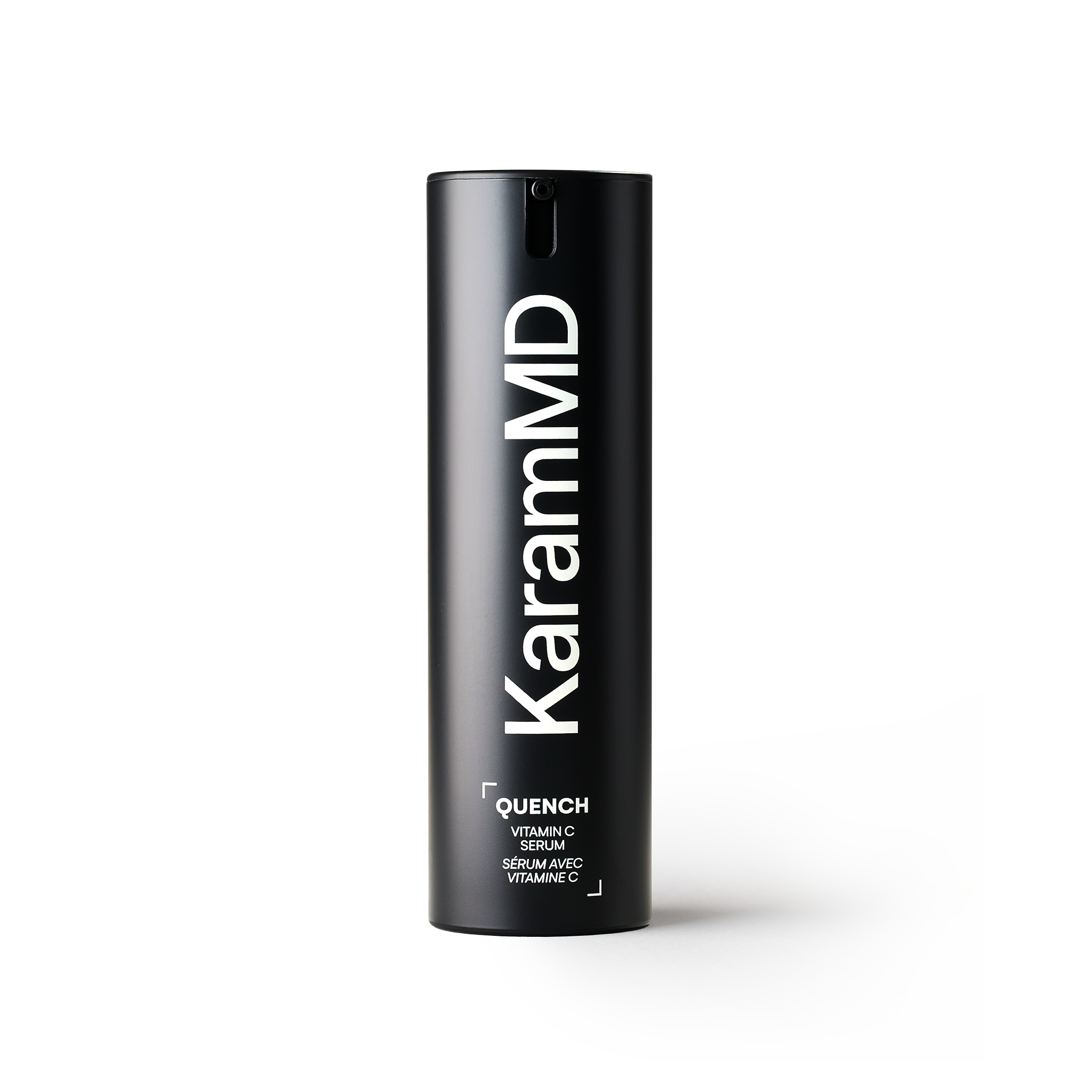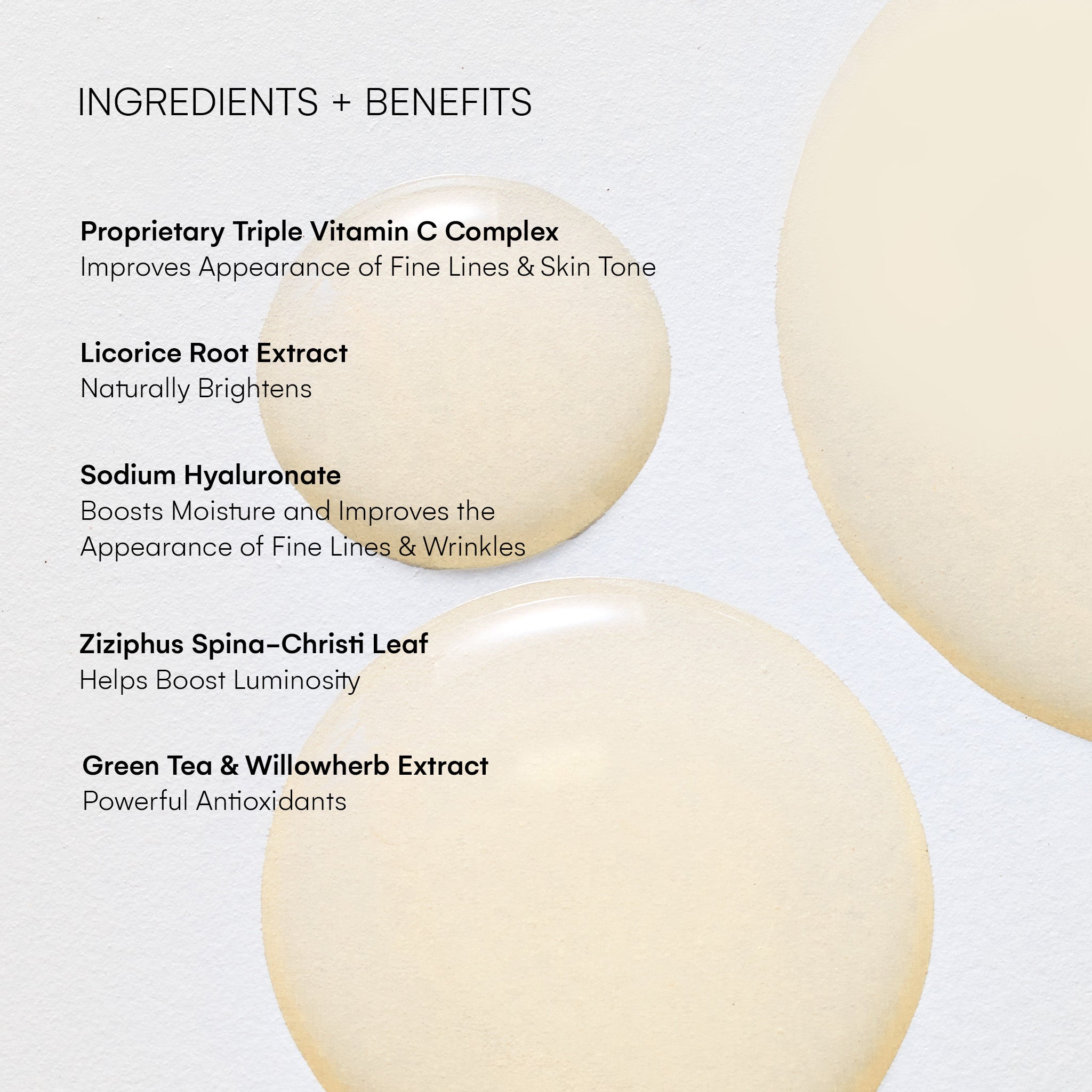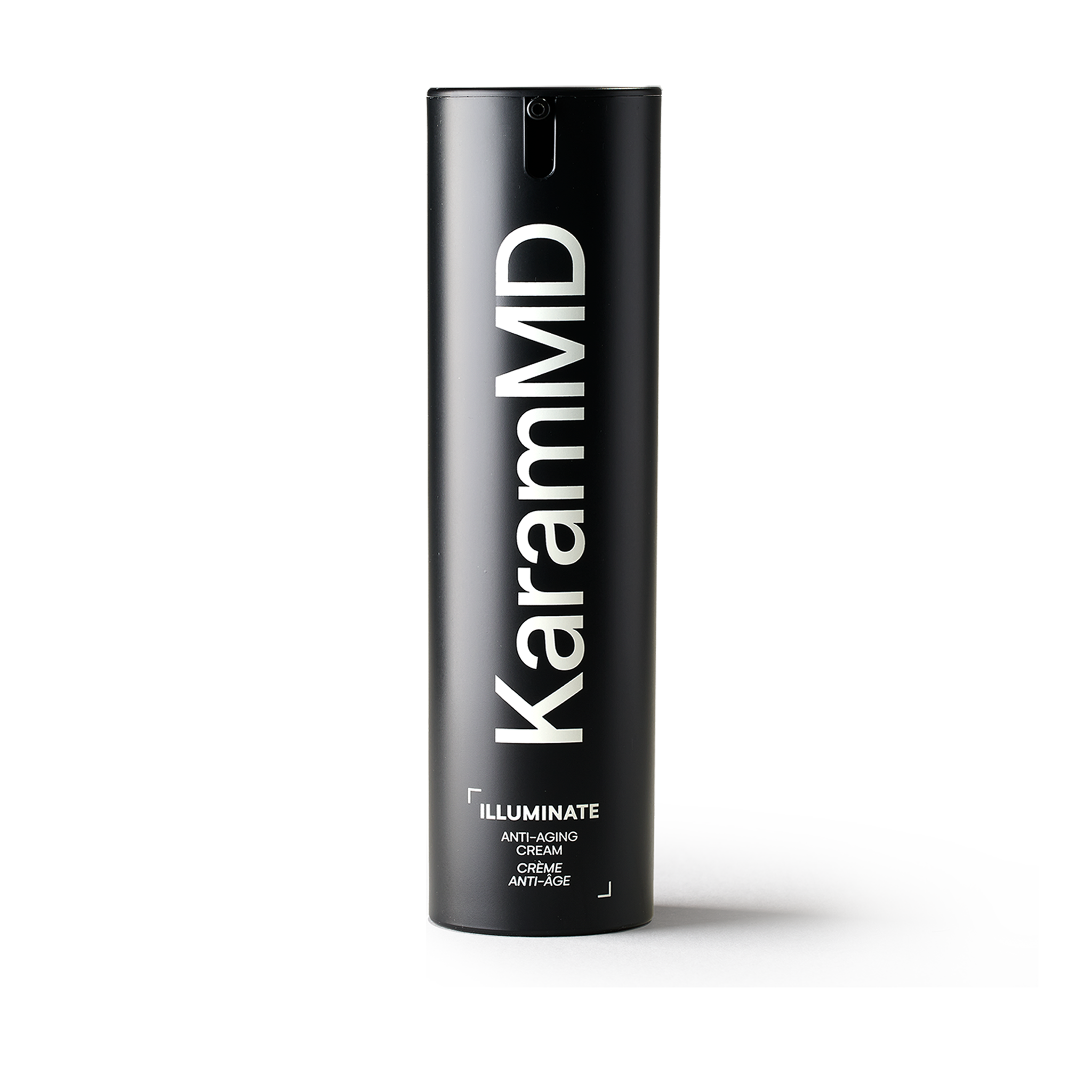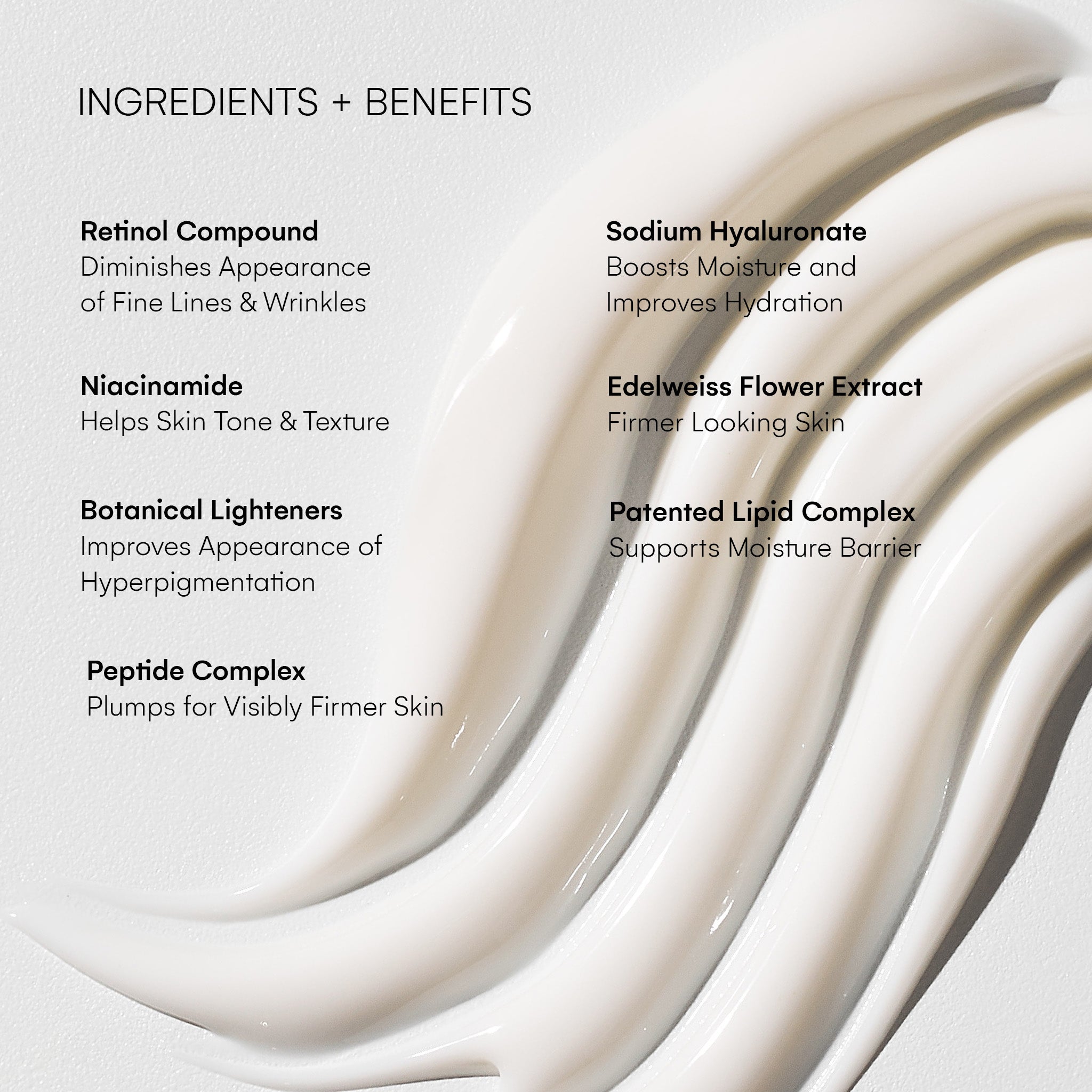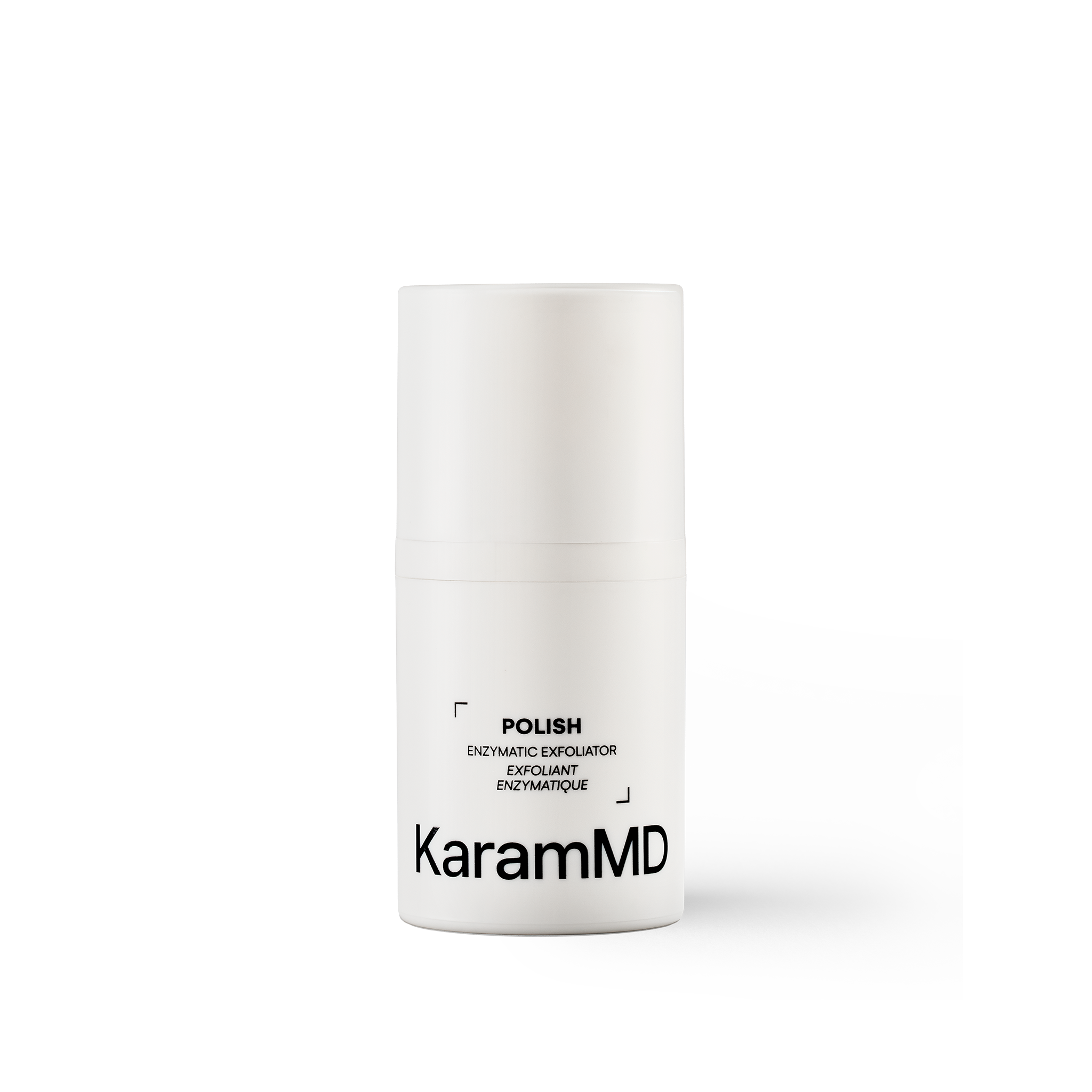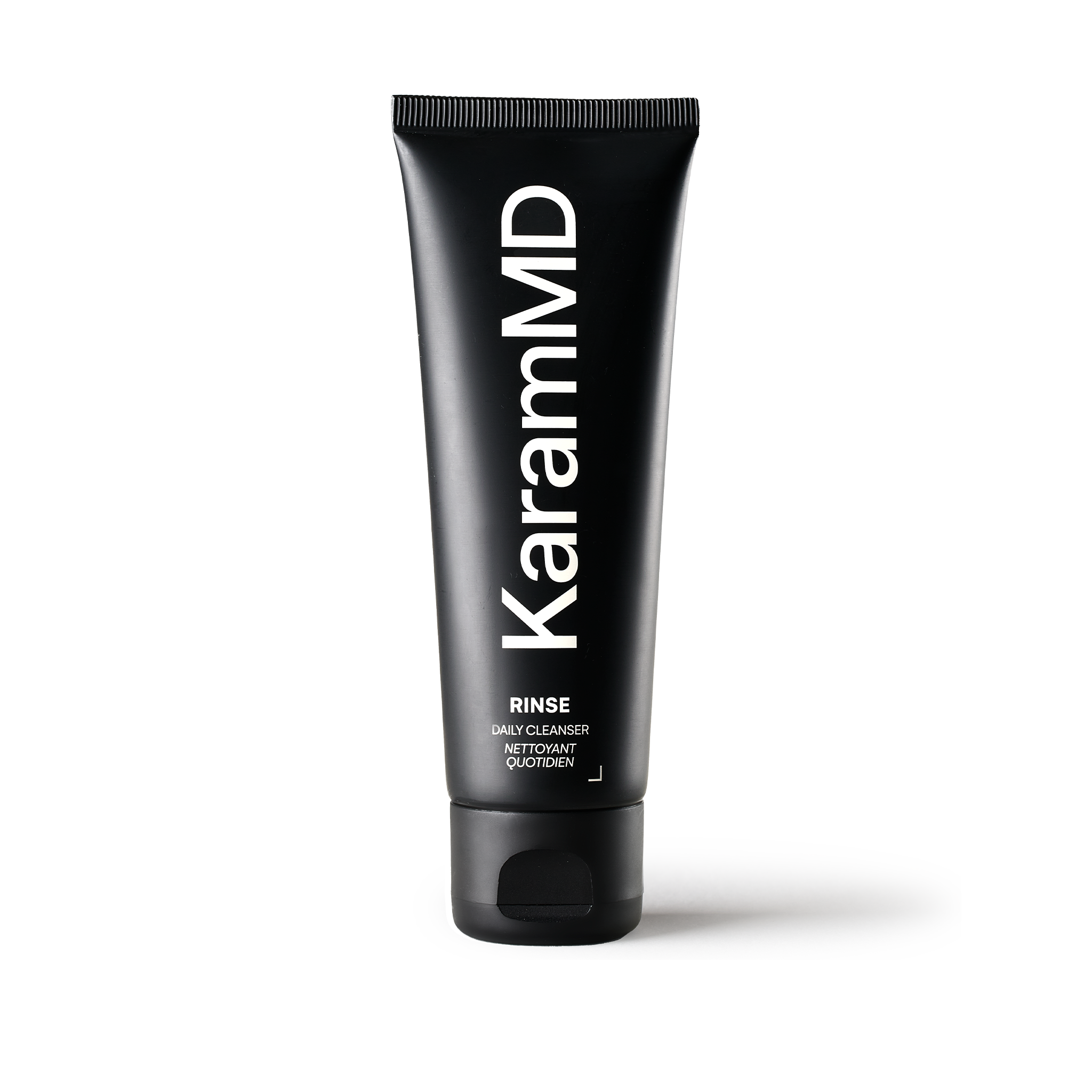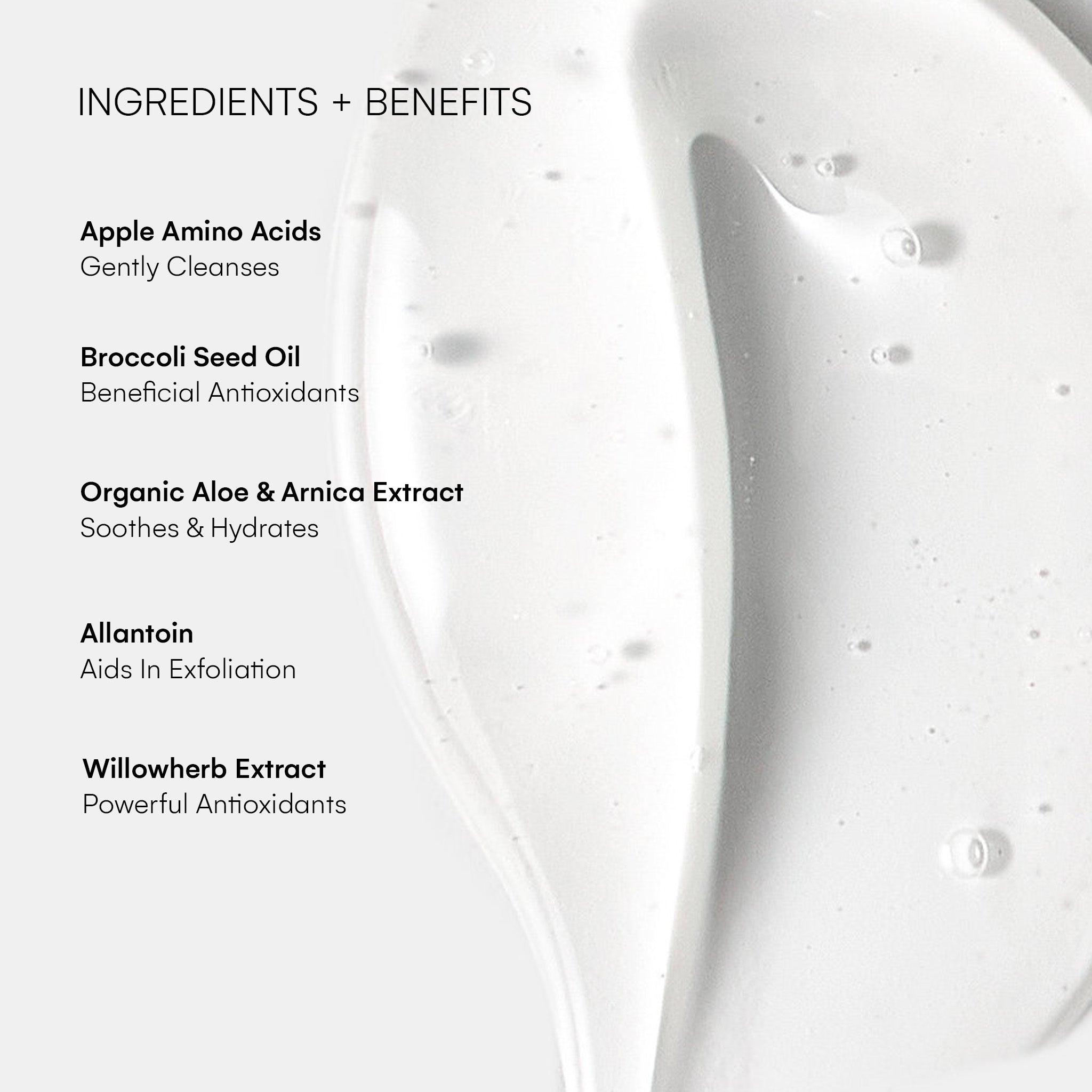Why is Retinol Important?
In the battle against aging, Retinol emerges as one of the most potent active ingredients.
Aging manifests in various ways—lines, wrinkles, uneven skin tone, age spots, loss of skin elasticity, enlarged pores, etc... and guess what? Retinol is a direct combatant against all of these signs of aging.
Its prowess lies in stimulating collagen production, supporting cell turnover, promoting surface exfoliation for improved radiance, and regulating melanin production to mitigate hyperpigmentation. Truly, it's a multitasking marvel and an indispensable asset in your skincare arsenal.
Over the past few decades, retinol has undergone extensive clinical testing, solidifying its efficacy and importance in skincare routines.
The wealth of research and studies validating its effectiveness is nothing short of impressive, and experts agree–it works.
However, while retinoids offer remarkable benefits, they can also cause skin sensitivity, dryness, redness, and peeling, especially when initially introduced into a skincare routine or when used in higher concentrations.
This is why it is important to know how to use them properly in your skincare regimen.

